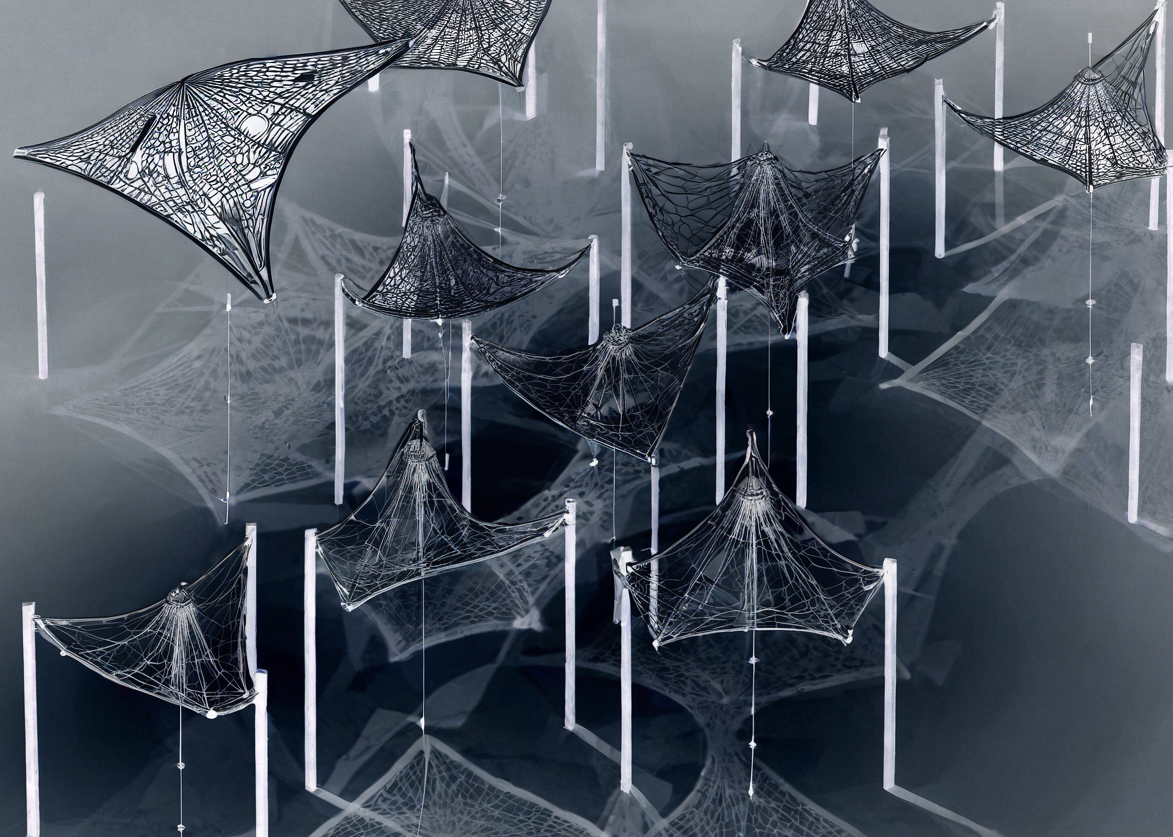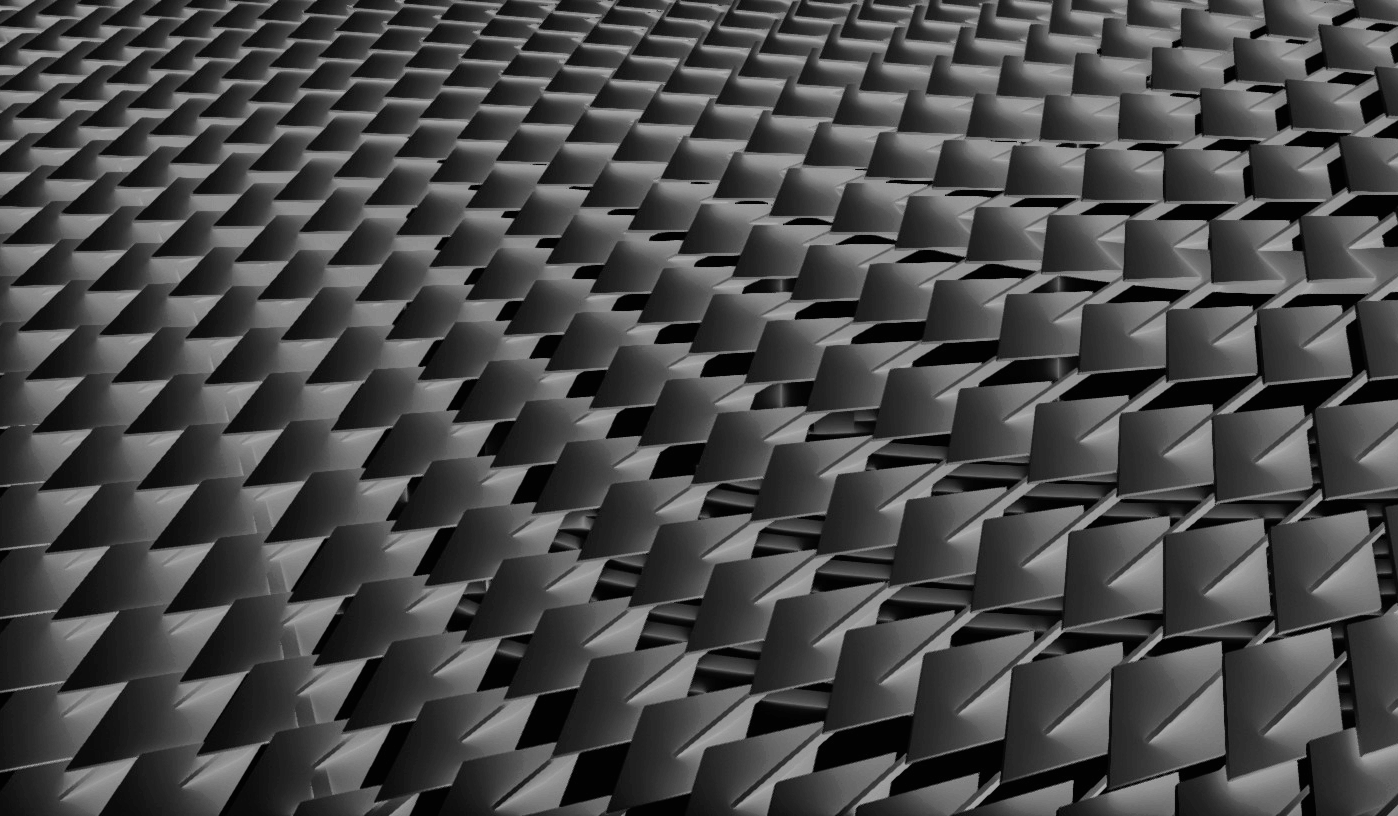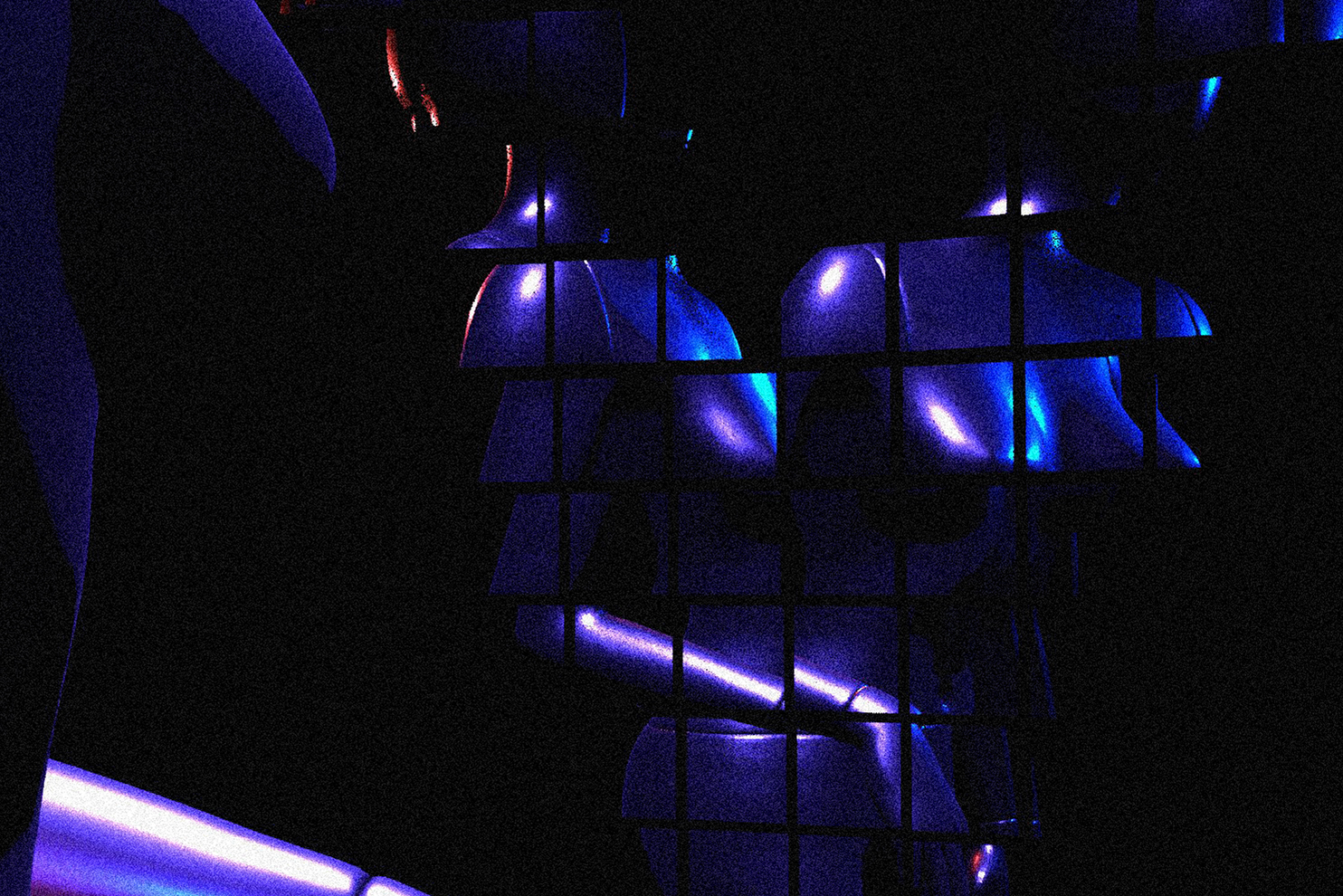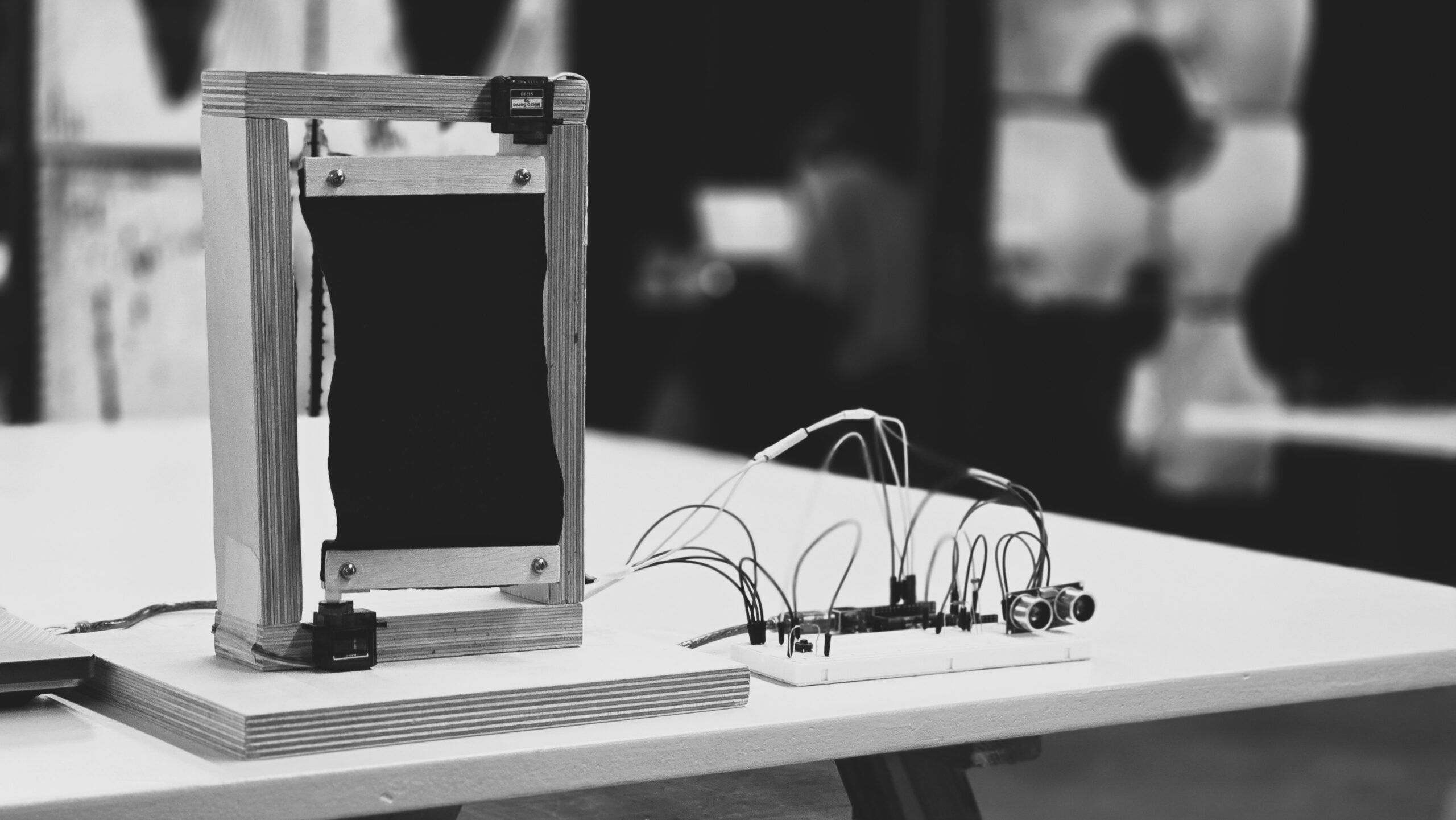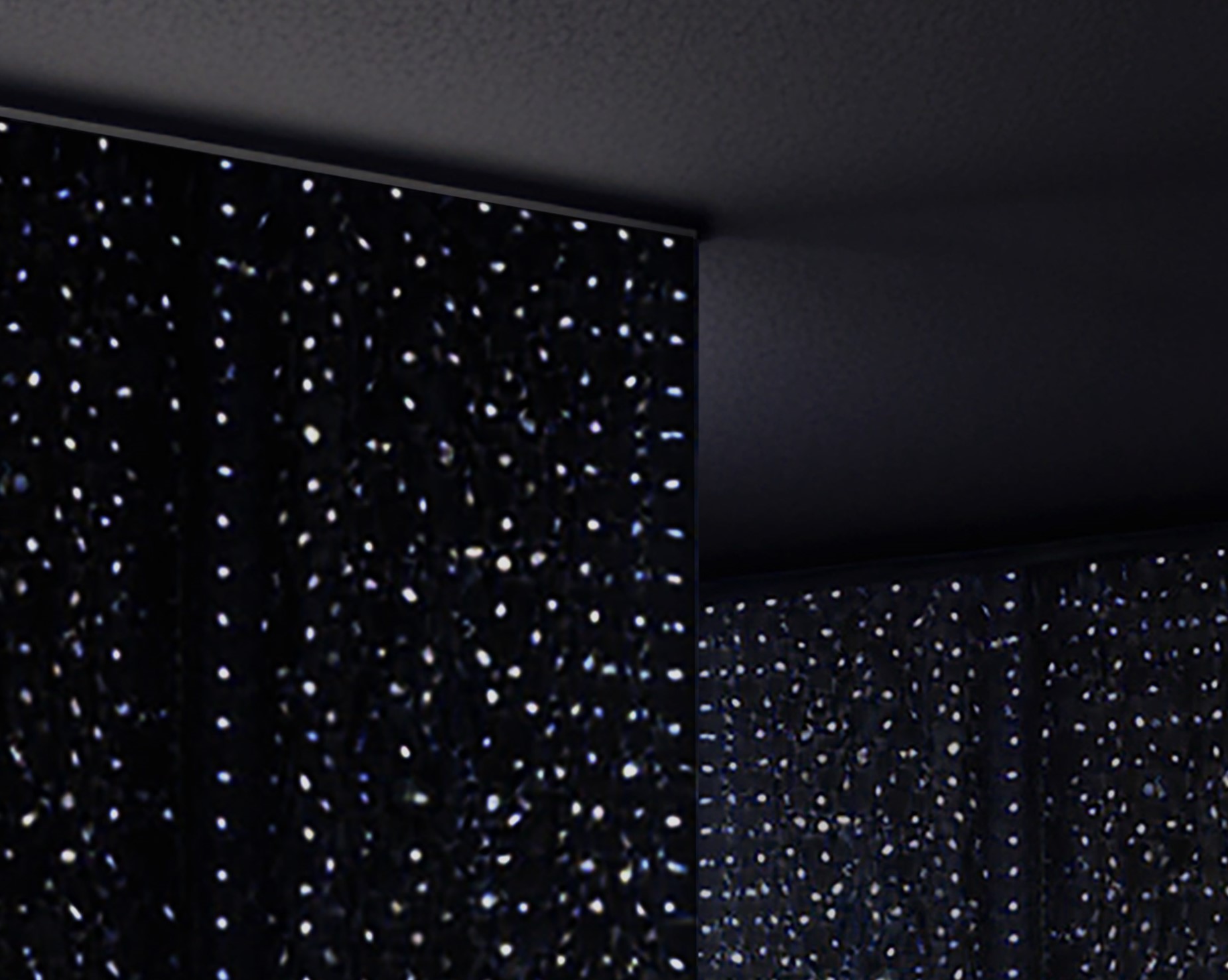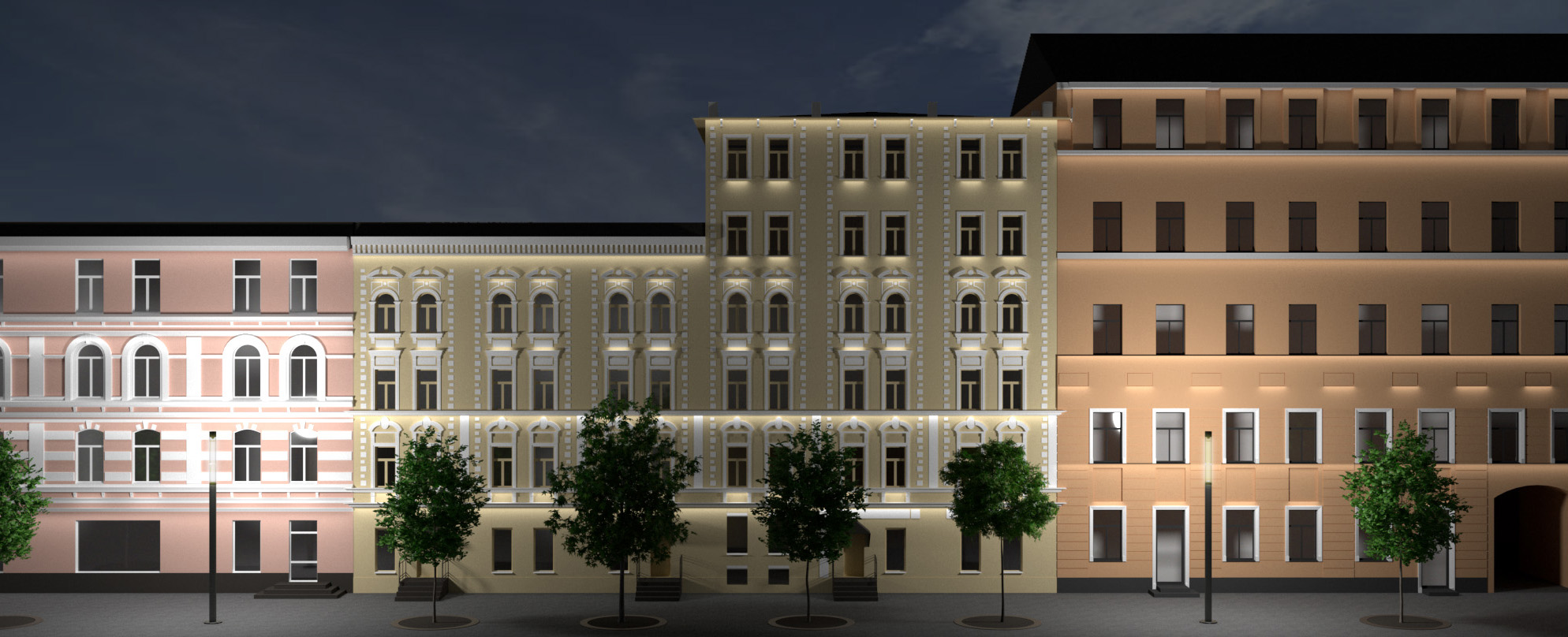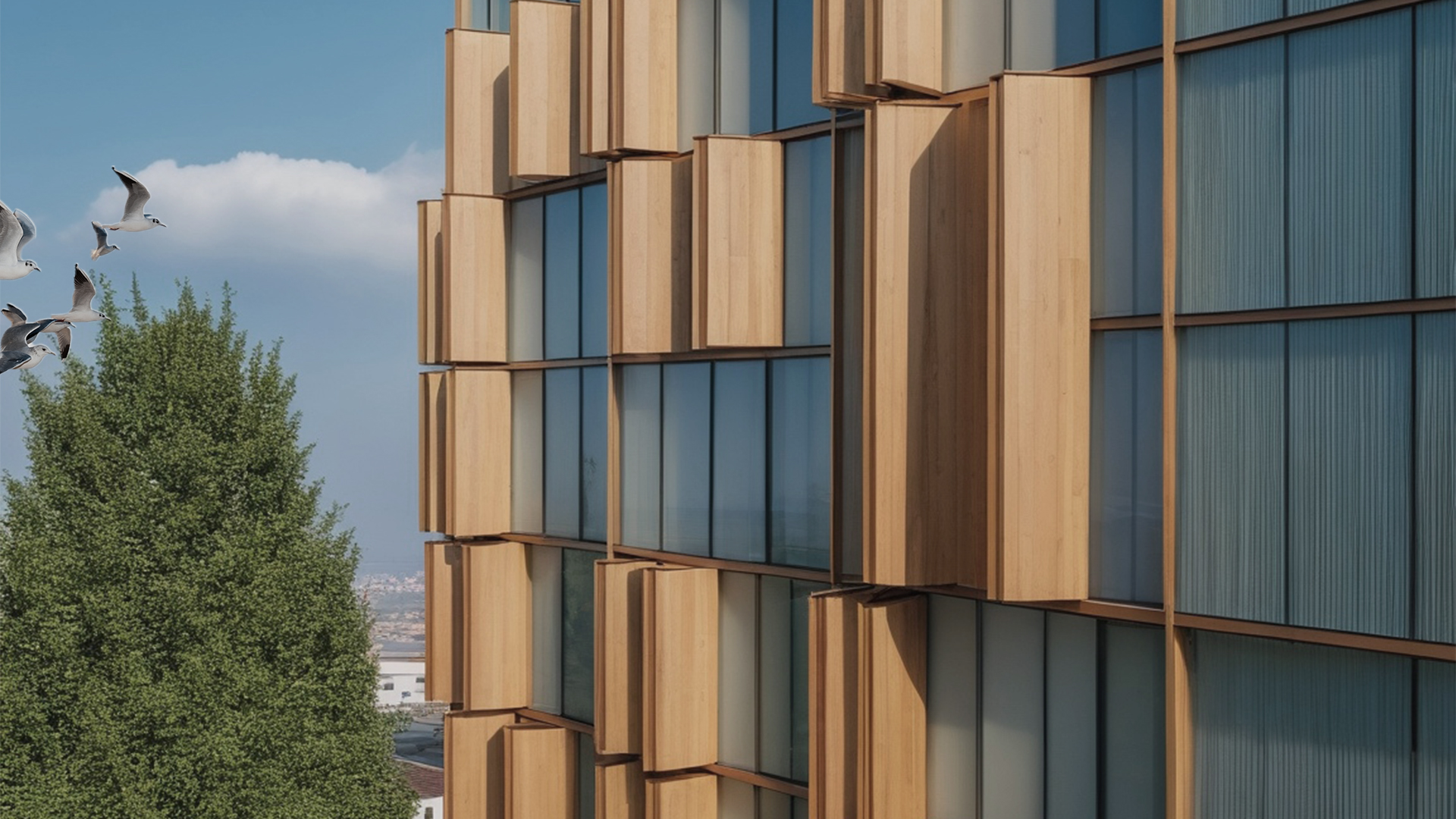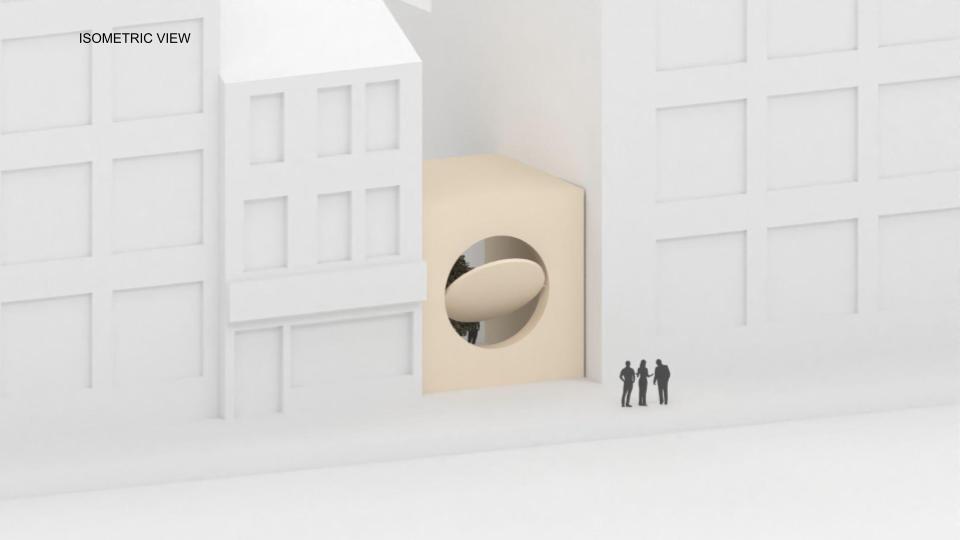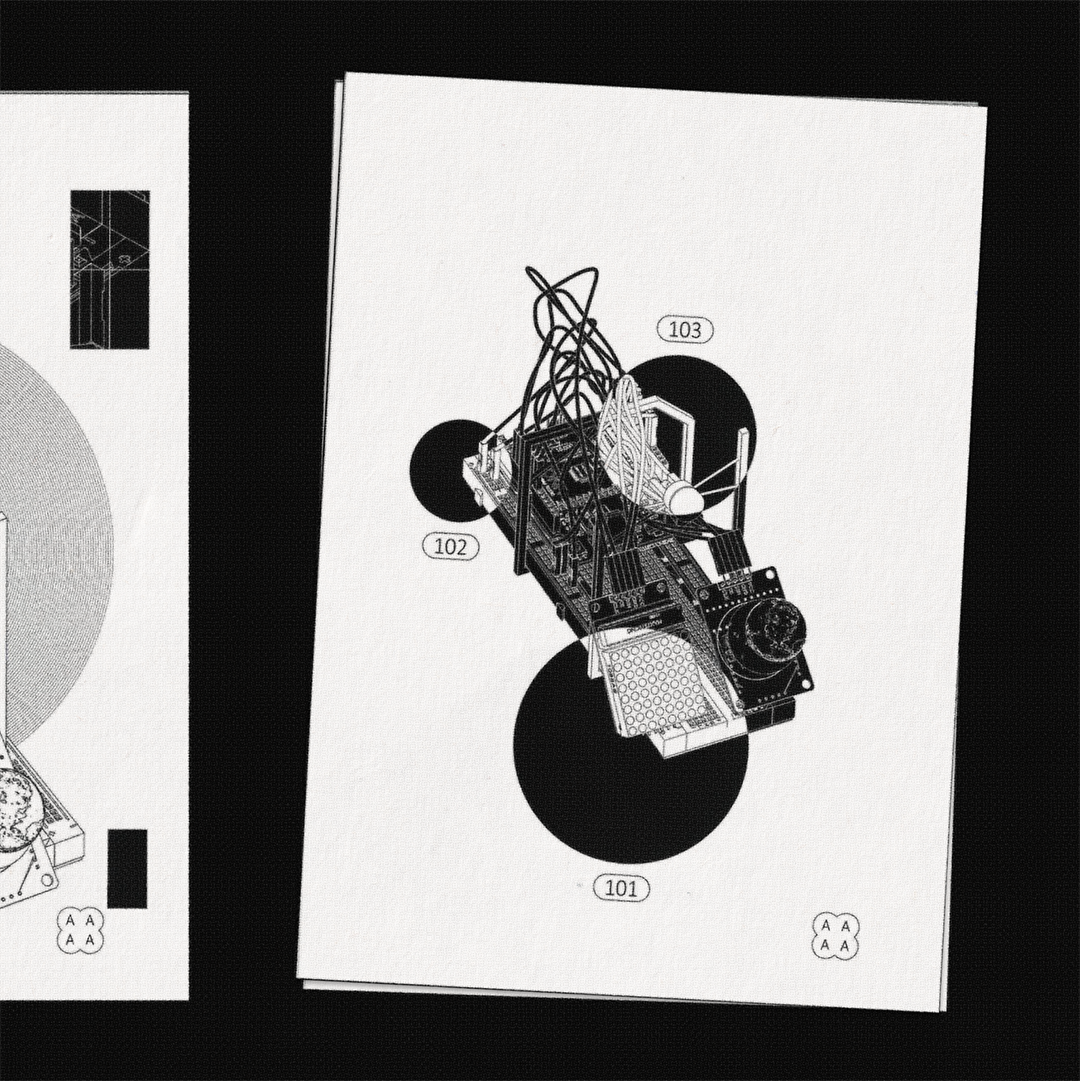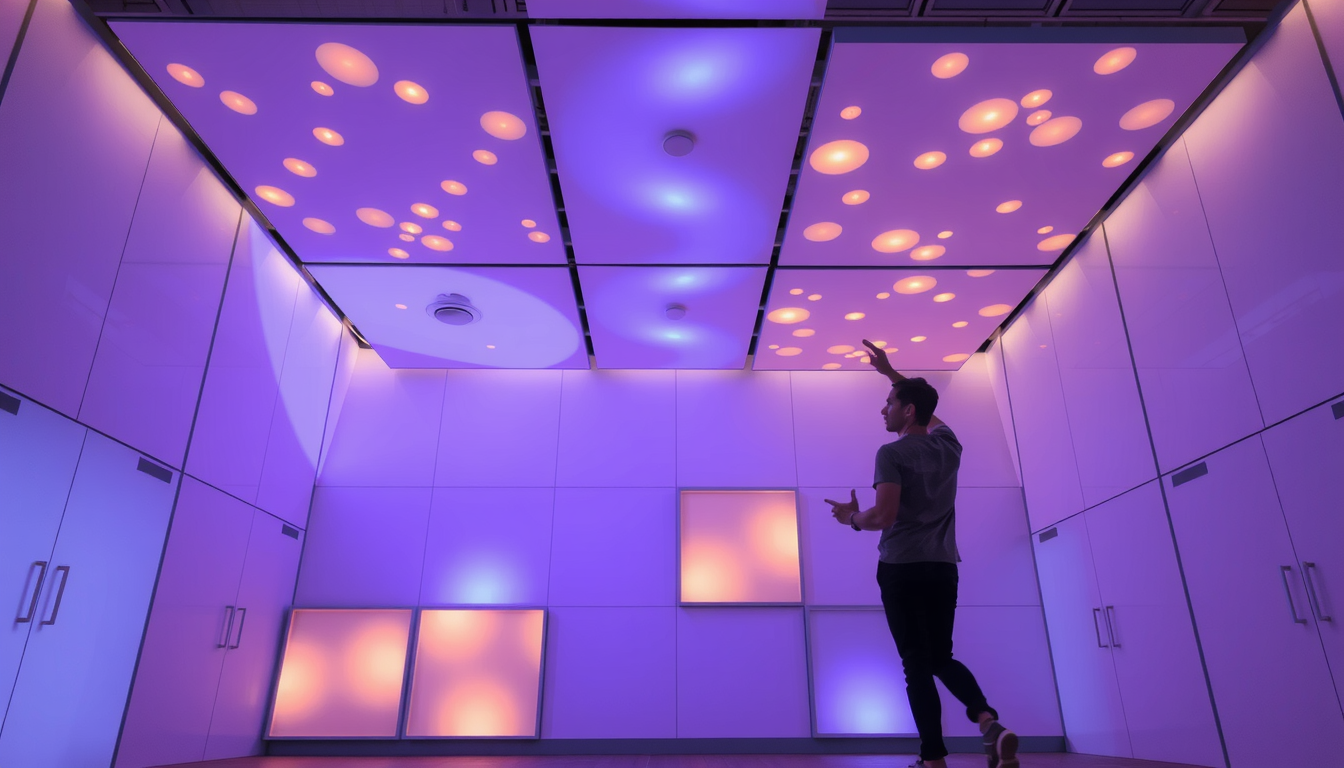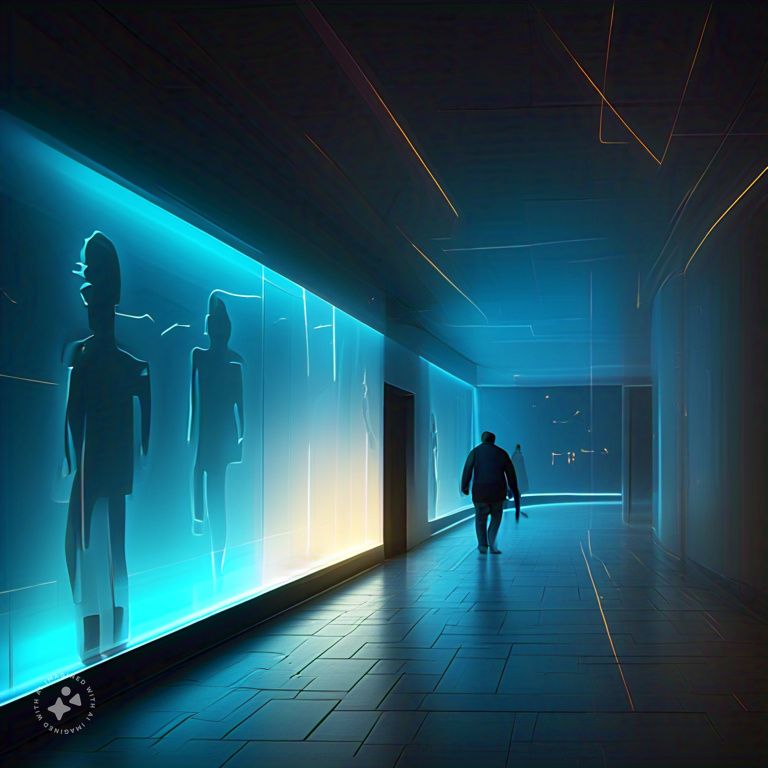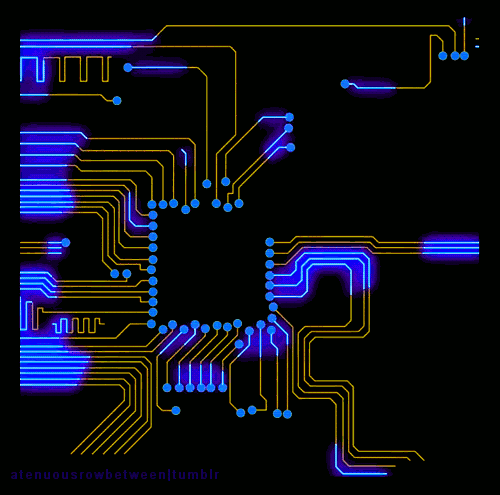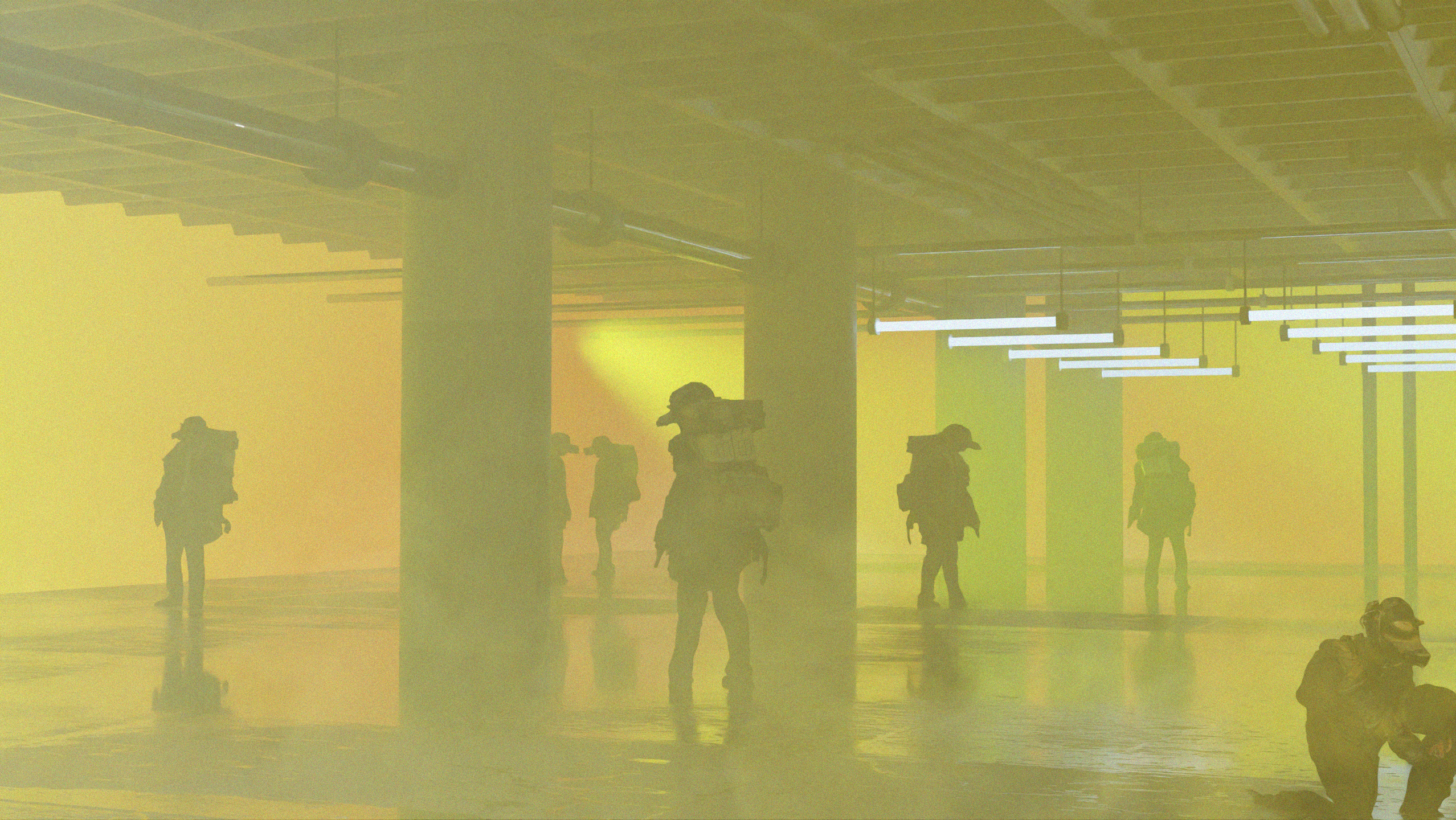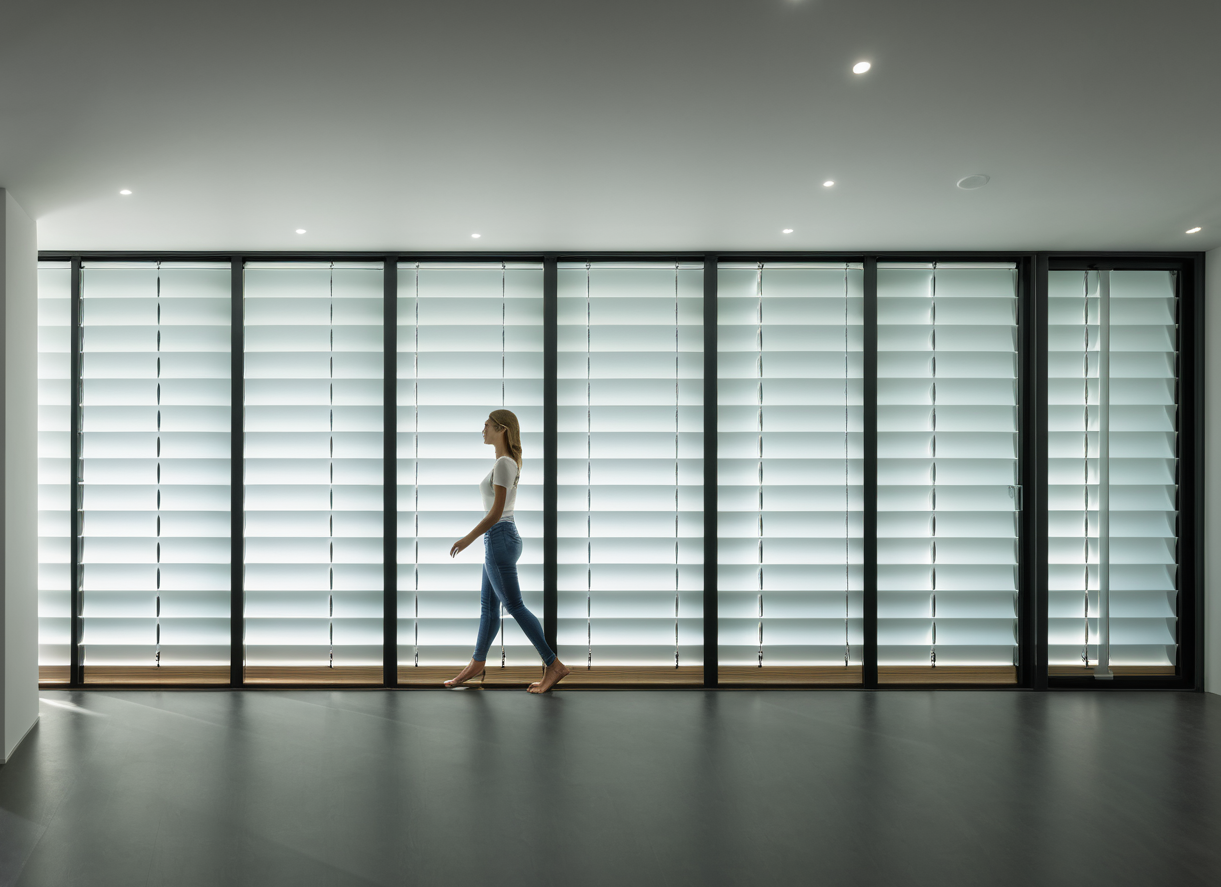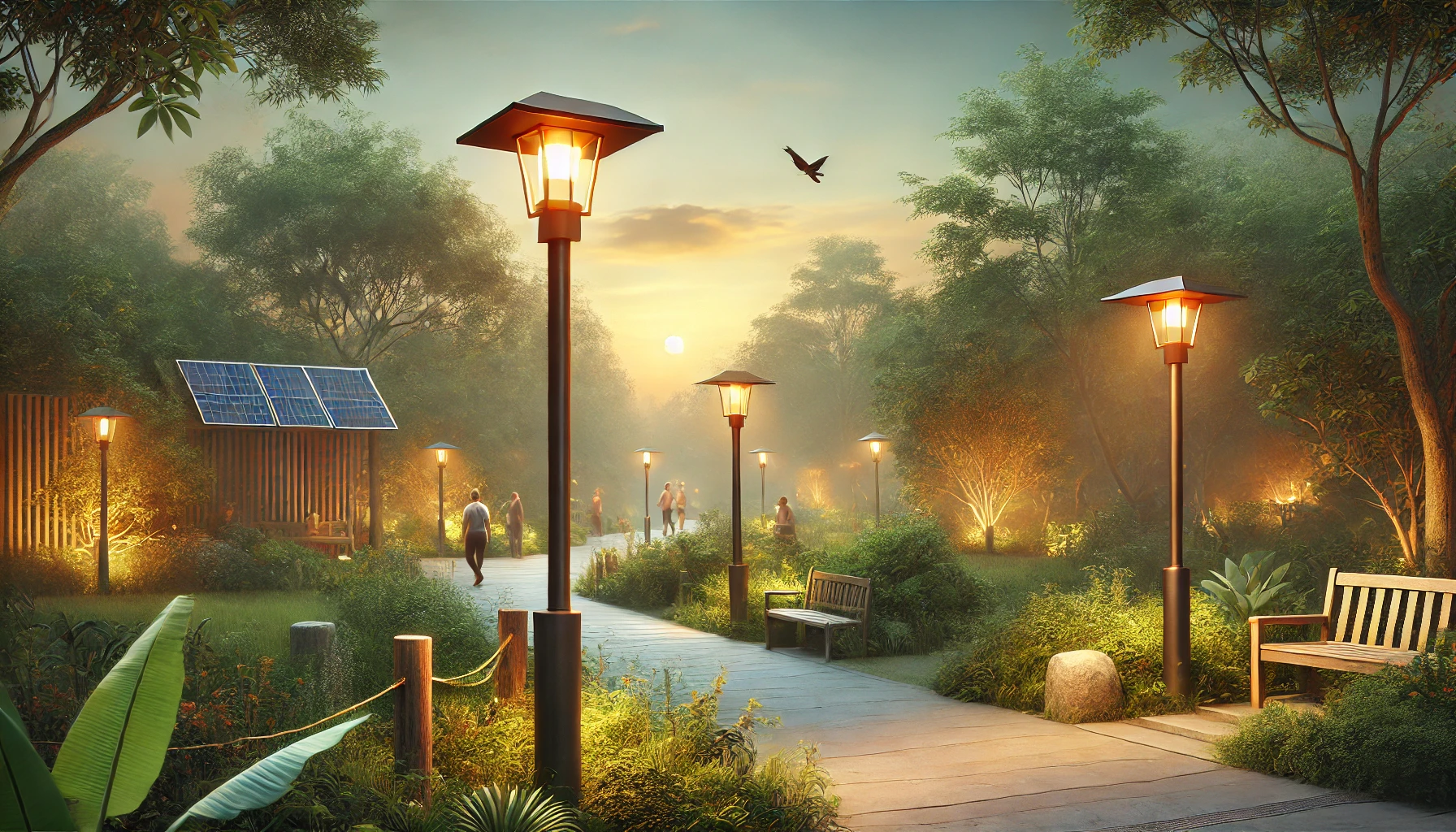The Introduction to Programming and Physical Computing Seminar will offer a foundational exploration of open-source programming languages and physical computing. Electronic devices have become a ubiquitous part of daily life, yet their inner workings and the technology behind them often remain a mystery. Many are designed as ‘black boxes,’ accessible only through limited, closed interfaces. However, with the rise of open-source hardware and software, it is now possible to break through these barriers and gain a deeper understanding of how technology functions. This newfound accessibility enables the creation of customised devices and machines, tailored to specific needs and contexts.
Throughout the seminar, students will simultaneously develop their skills in both programming and physical computing, equipping them with the essential tools to create systems that sense, respond to, and influence their environment. By working with the Arduino IDE and microcontrollers, students will learn to build interactive devices using sensors and actuators.
By integrating programming and physical computing into architectural design, students will open new possibilities for creating responsive, intelligent systems that enhance the built environment. These technologies enable architecture to become more than just static structures; they transform it into a dynamic, living entity that can adapt, interact, and evolve with its surroundings.
What Awaits You:
- Prepare to immerse yourself in the principles of programming and the exciting realm of physical computing. You’ll explore how technology shapes the interaction between the digital and physical worlds, discovering how sensors and actuators can bring life into architectural designs.
- Experience the power of coding and electronics to transform your ideas into interactive realities. From controlling simple components to developing complex systems.
This seminar will be a fully hands-on lab where theory meets practice. You’ll design, prototype, and build devices that react to their surroundings. By the end, you’ll not only have the tools to decode the digital language of everyday devices but will also be equipped to apply this knowledge, creating intelligent systems into your architectural studio projects.
Learning Objectives
At course completion the students will:
- Master fundamental programming concepts that will serve as a springboard into deeper areas of physical computing and enable the transition to other programming languages.
- Develop the skills to design systems that sense their environment and respond dynamically using actuators.
- Build smart apparatus capable of reacting intelligently to external conditions, integrating technology into architectural projects to create responsive, interactive spaces.
- Learn to bridge the gap between digital data and physical action, opening the door to advanced architectural solutions where technology and design work in synergy.






